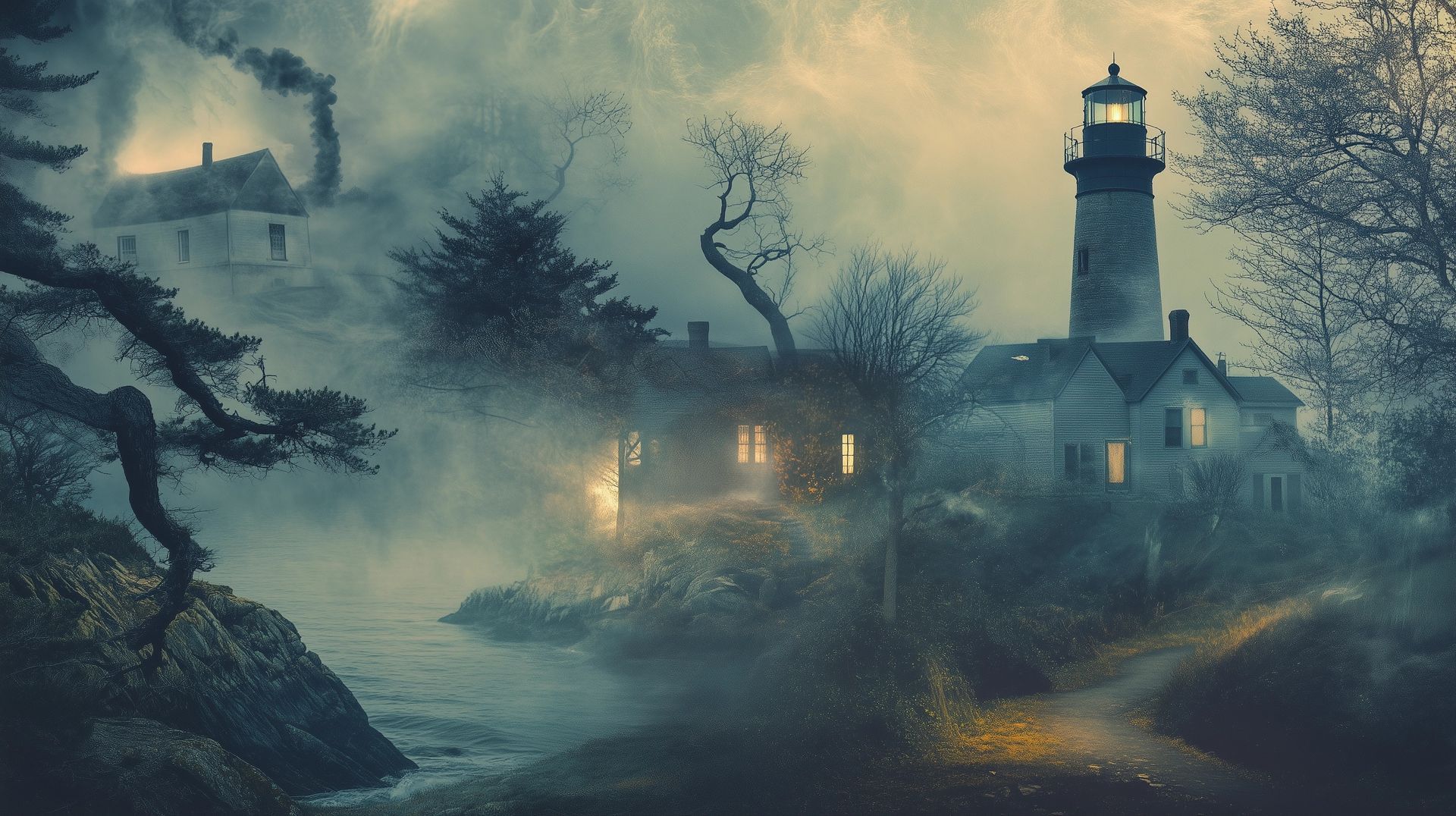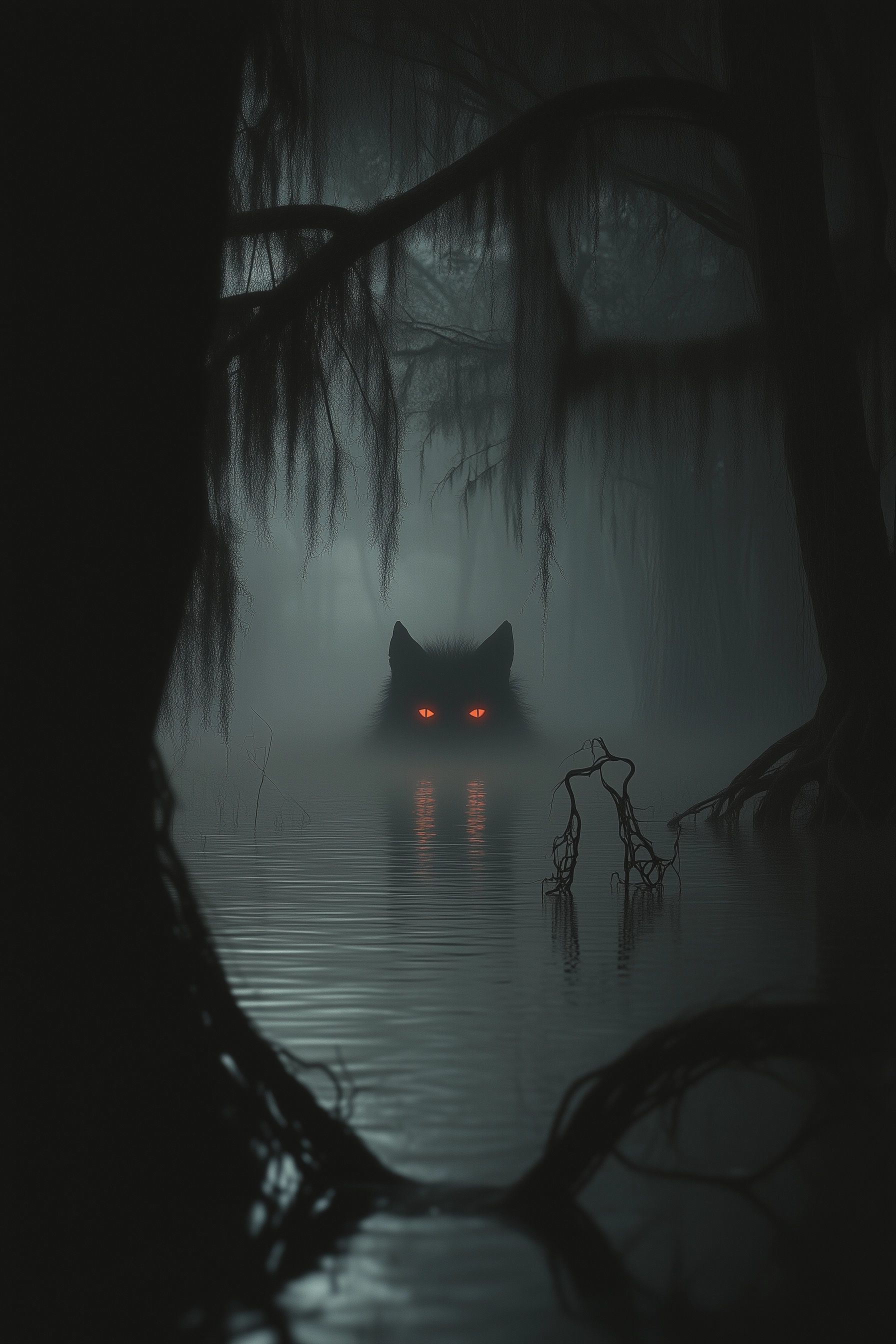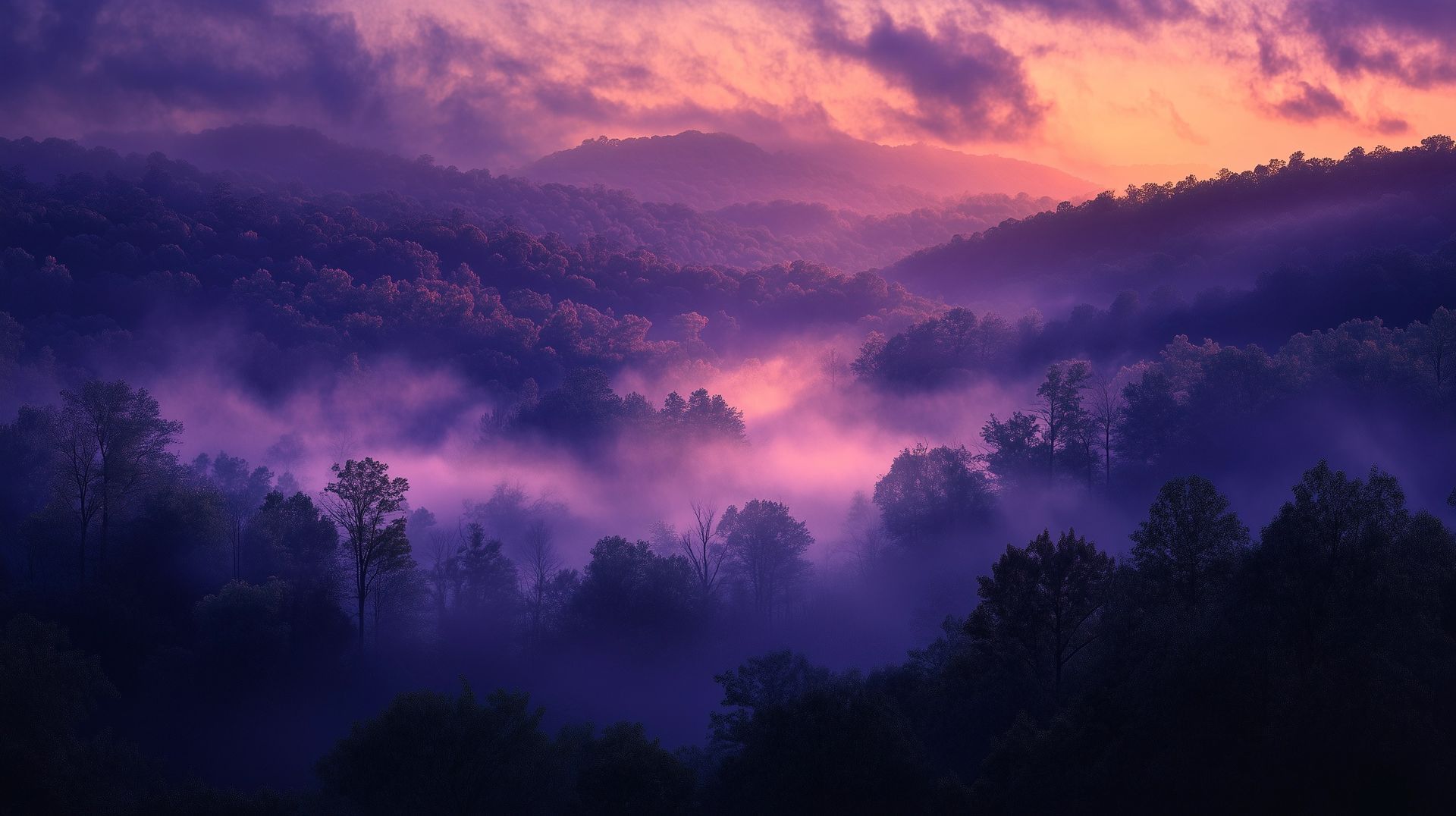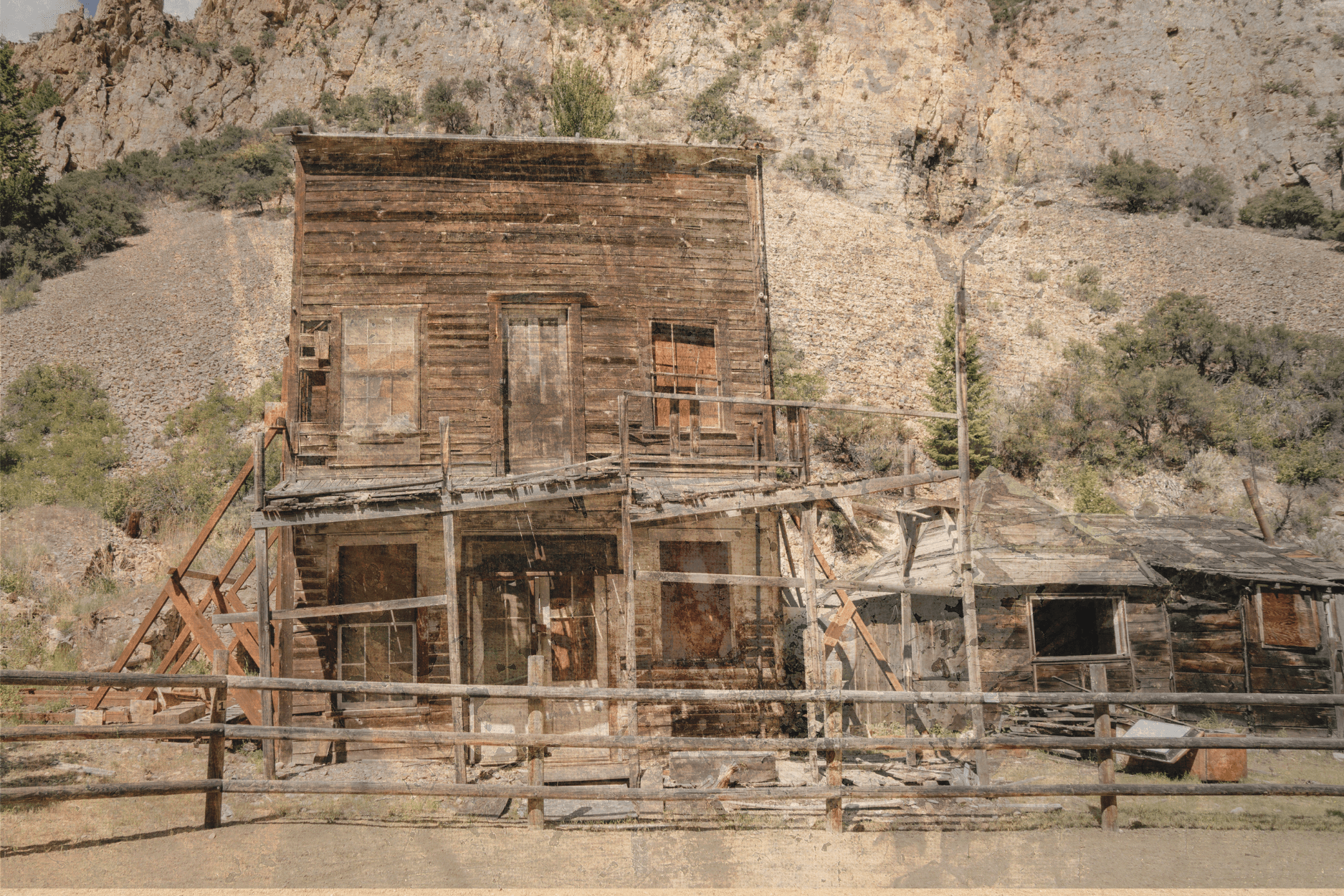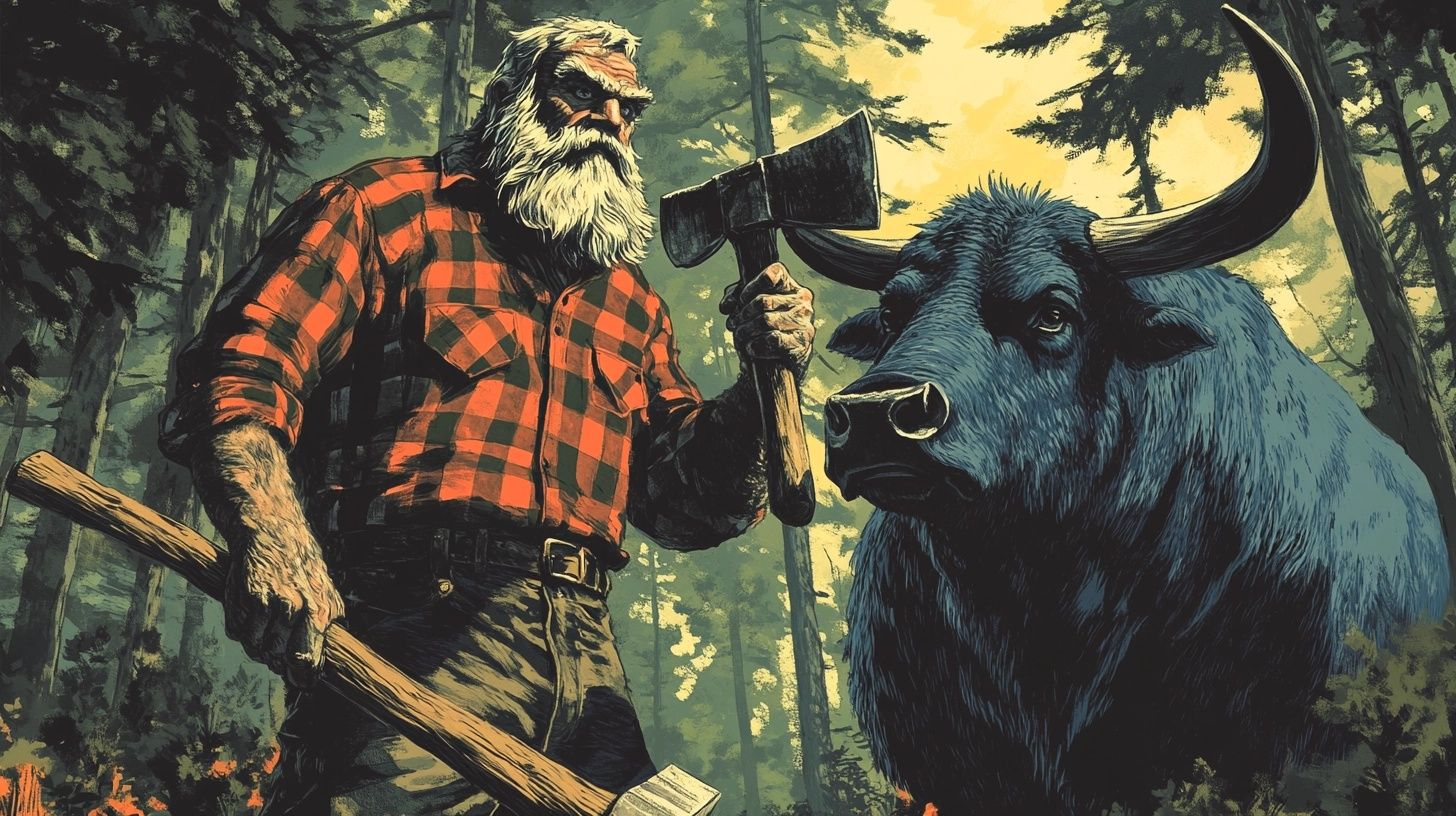West Virginia folklore: cryptids, witches & other legends from the Mountain State

In small towns and mountain hollows of West Virginia, tales of strange creatures, haunted places and unexplained events have been passed down for generations.
Some are tied to real people and places; others shift and change depending on who’s telling them.
What they all have in common is that they’ve lasted...Let's take a look at the best folklore stories West Virginians have been sharing for decades.
Published: 23rd Mar 2025
Author: Mythfolks
West Virginia cryptids
Mothman
The Mothman is probably West Virginia’s most famous cryptid, first sighted near Point Pleasant in 1966. Witnesses described a large, winged figure with glowing red eyes.
These sightings were accompanied by other strange phenomena, such as reported encounters with the mysterious "Men in Black" and electrical disturbances.
Folklore also links the Mothman sightings to the
tragic collapse of the Silver Bridge in 1967. This
US cryptid legend is celebrated annually at the Mothman Festival and preserved in the town’s Mothman Museum.
Flatwoods Monster
One evening in September 1952, a group of locals - including several children and their mother - saw something strange crash near their school in Flatwoods, Braxton County. Curious, they went to investigate and encountered a terrifying figure: tall, with glowing eyes, a spade-shaped head and long, twisted claws, partially hidden within a metallic, dress-like covering.
The area stank of rotten eggs and local authorities were quickly called. Although investigators later found no physical evidence, the tale quickly became famous and featured widely in newspapers and television. Today, the Flatwoods Monster, affectionately known as "Braxxie," remains one of West Virginia's most
iconic cryptid legends.
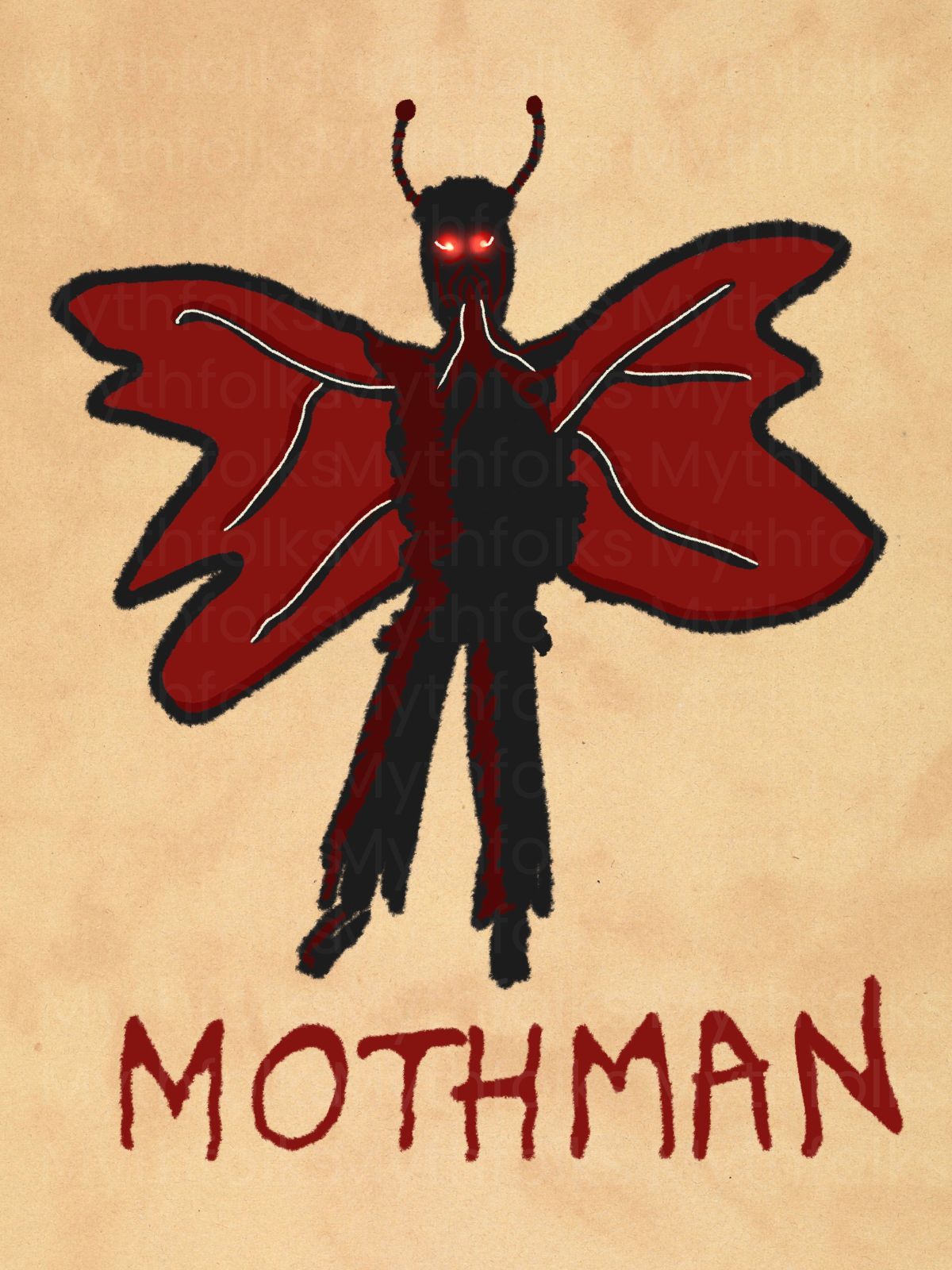
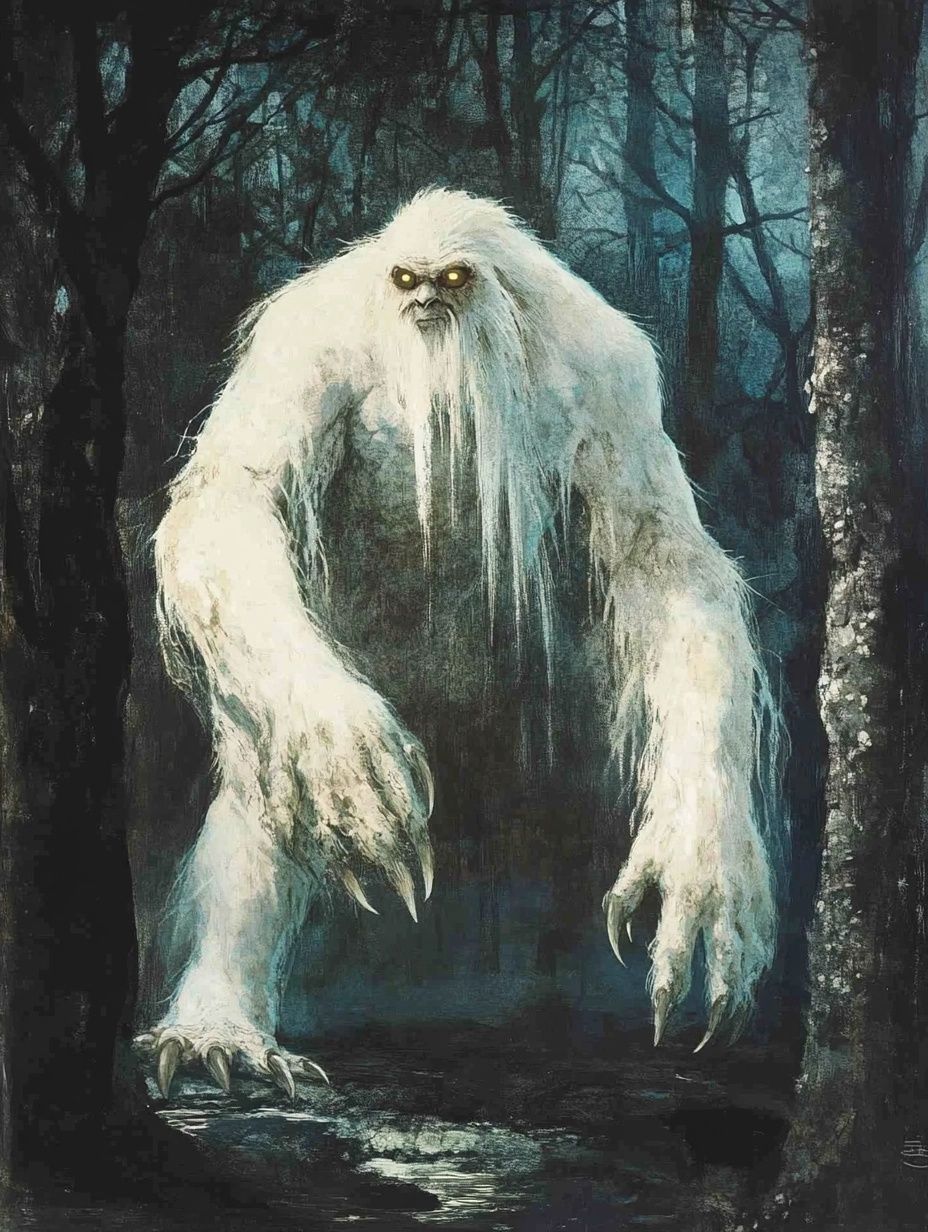
The White Thing
The "White Thing," or "White Thang" appears frequently in Appalachian and West Virginia folklore, particularly in Boone, Mason and Kanawha counties.
Descriptions vary considerably - some report a massive, albino-furred dog creature, others an ape-like being or humanoid figure.
It's typically described as silent and elusive, often linked to supernatural phenomena or ghostly apparitions.
Sheepsquatch
Sheepsquatch sightings emerged primarily in the 1990s in southwestern West Virginia, describing a woolly creature with goat-like horns and sharp claws.
Witnesses described the cryptid as aggressive, often charging and growling. Some have said it may be a misidentified bear or undiscovered animal, though others view Sheepsquatch purely as contemporary folklore. Recent sightings have become increasingly rare, though the legend remains popular among cryptid enthusiasts.
The Grafton Monster
First reported in 1964 near Grafton, this cryptid is described variously as a large (around 10ft), humanoid figure with smooth, pale skin resembling that of a seal.
Initial sightings concentrated along the Tygart Valley River sparked local panic. While some speculated government experiments or extraterrestrial origins, no tangible evidence has emerged. Interest in the
Grafton Monster persists, with occasional reported sightings reviving the legend.
Ogua
The Ogua, a cryptid from West Virginia
river folklore, is said to live in the Monongahela River.
Described as a massive creature resembling either a giant snapping turtle, lizard, or serpent, early settler accounts and Native American legends portray it as aggressive, capable of dragging livestock underwater.
There haven't been any contemporary sightings and no physical evidence has been found, but the tale remains alive among local river communities.
Yahoo
In Appalachian folklore, the Yahoo is a Bigfoot-like creature frequently mentioned throughout West Virginia.
Described as a tall, hairy, ape-like being that screams in the night, the Yahoo closely parallels Sasquatch legends from the broader eastern United States.
Incidentally, Yahoo is also an alternative name for the Yowie, Australia's version of the wild hairy humanoid.
Though for many people, the Yahoo name will always be associated with a search engine...
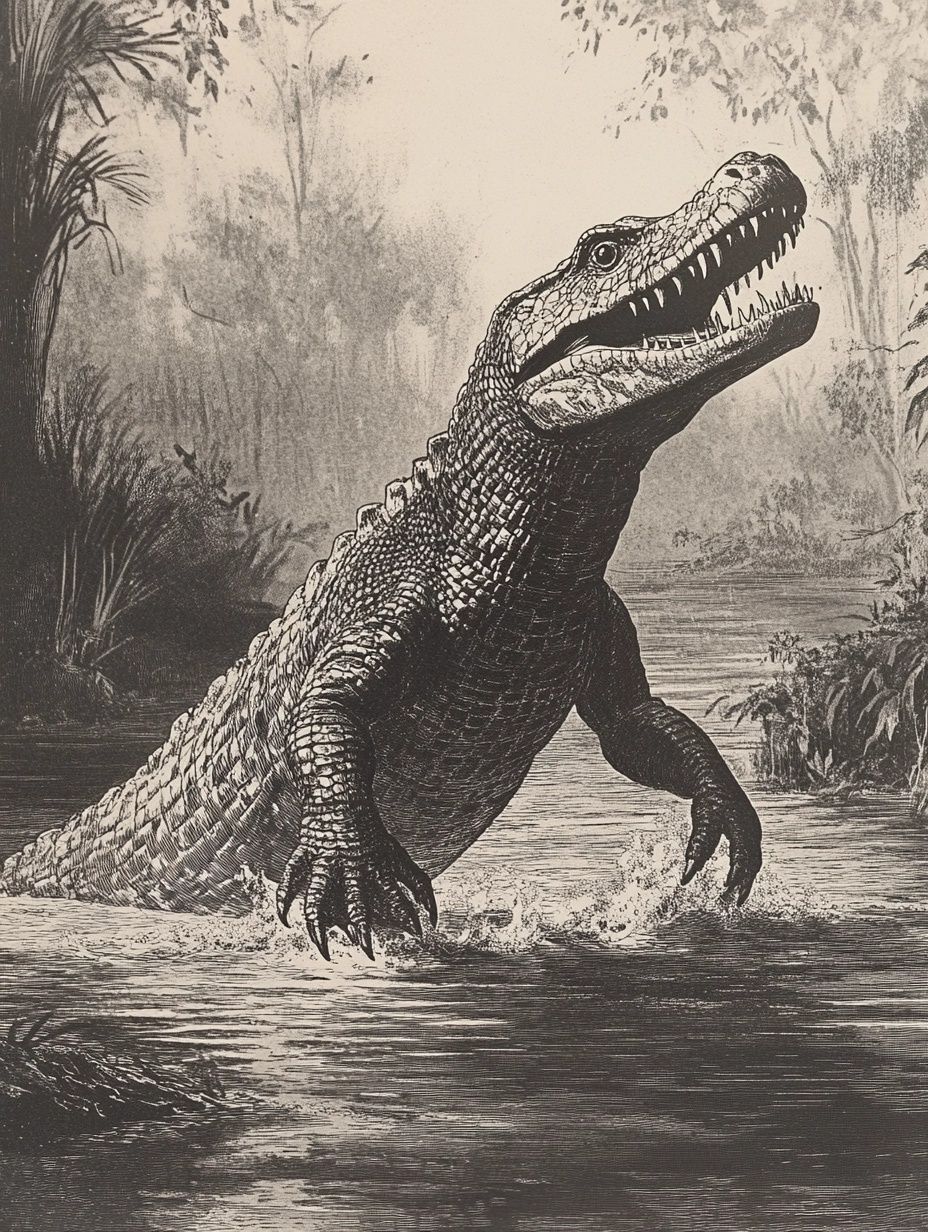
West Virginia mythical creatures
Snallygaster
Though predominantly tied to Maryland folklore, the Snallygaster legend does extend into West Virginia.
Described as dragon-like, it has large wings, a metallic beak lined with sharp teeth and occasionally tentacle-like appendages.
Early German settlers in the region used stories of the Snallygaster to scare children and explained livestock disappearances with sightings of the beast.
Vegetable Man
The Vegetable Man, a lesser-known mythical creature from Fairmont, dates back to a single unusual encounter in 1968.
Witnesses described a tall, green humanoid creature with slender, reed-like arms, suction-cup-like fingers tipped with thorns and the ability to communicate telepathically.
The creature reportedly vanished abruptly and with not much more to go on, though this one could technically be called a cryptid, i've left him firmly in the mythical category for now.
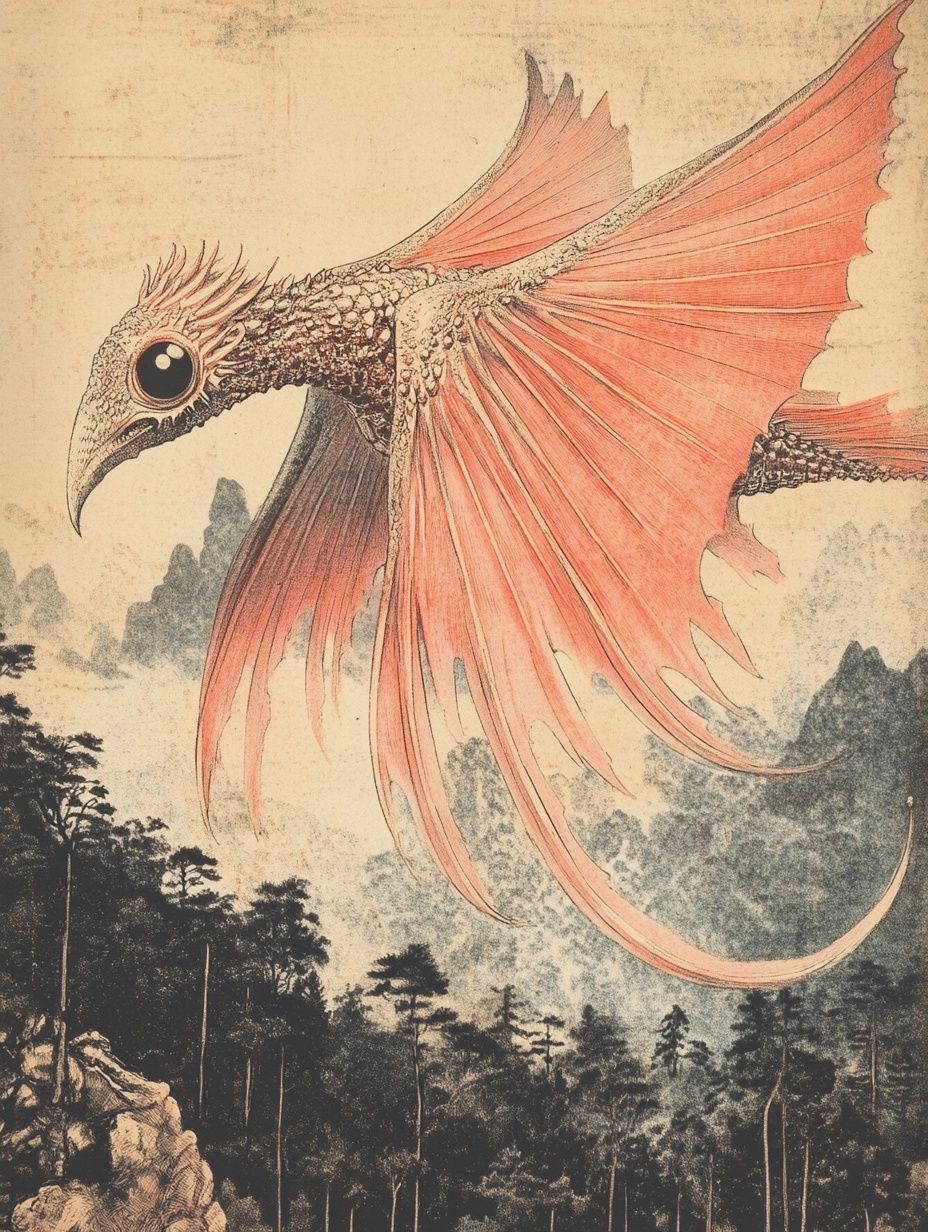
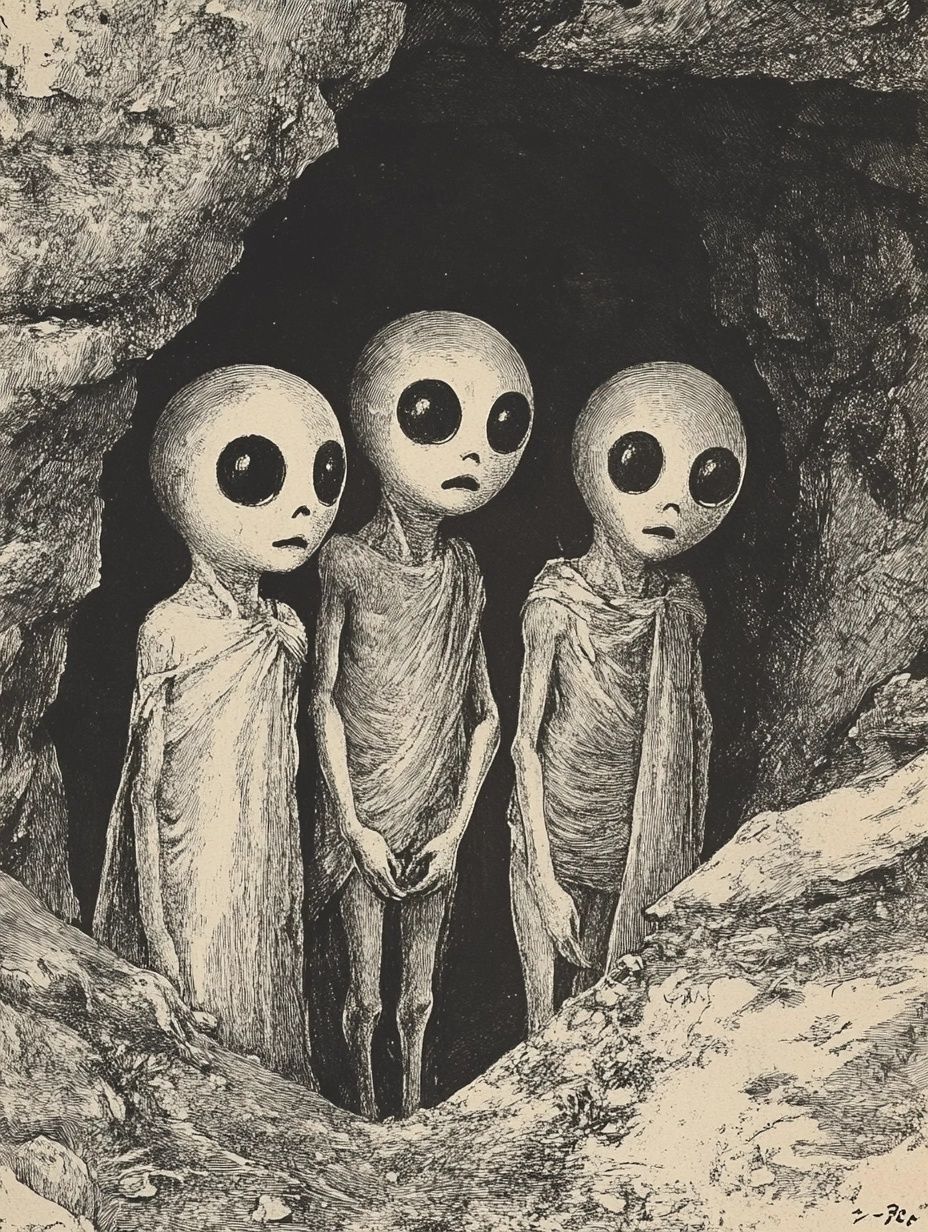
Thunderbirds
Thunderbirds are powerful supernatural birds found in Native American folklore throughout Appalachia, including parts of West Virginia, as well as in
Canadian folklore.
They're described as enormous birds with wings so large that their flapping creates thunder and lightning is said to flash from their eyes.They were believed to live high in the mountains or in the sky.
In many stories, Thunderbirds acted as enforcers of moral order, punishing bad deeds or battling dangerous beings like underwater serpents.
Though details vary between tribes, Thunderbirds were generally seen as both fearsome and protective forces tied closely to weather and the natural world.
The Moon-Eyed People
The Moon-Eyed People originate from Cherokee oral history, describing a mysterious group of small, pale-skinned humanoids who inhabited caves and ventured out only at night due to extreme sensitivity to daylight.
Some speculate these legends might describe an ancient indigenous group displaced by the Cherokee, or even early European explorers adapted to cave life. Although not exclusive to West Virginia, the legend remains part of the state's broader Appalachian folklore.
Wampus Cat
The Wampus Cat is a cougar-like mythical creature found in Appalachian folklore, including in parts of West Virginia.
Typically described as a large, panther-like animal with glowing eyes and supernatural traits, it's said to prowl the woods at night, sometimes as a protective spirit and other times as a dangerous predator.
Stories vary by region (see
Tennessee's tales of the Wampus Cat) and this is one of the more widespread mythical creatures to feature in Southern folklore.
Fairies & little people
West Virginia folklore includes stories of fairies and “Little People” - small, human-like beings believed to live deep in the woods.
Often portrayed as mischievous rather than harmful, they're known for playing tricks, hiding belongings, or leading travelers astray.
These tales blend European folk beliefs brought by early settlers with older Indigenous stories, resulting in a mix of magical folklore unique to the region.
Though details vary, the presence of hidden, unseen folk is a recurring theme in West Virginia’s traditional storytelling.
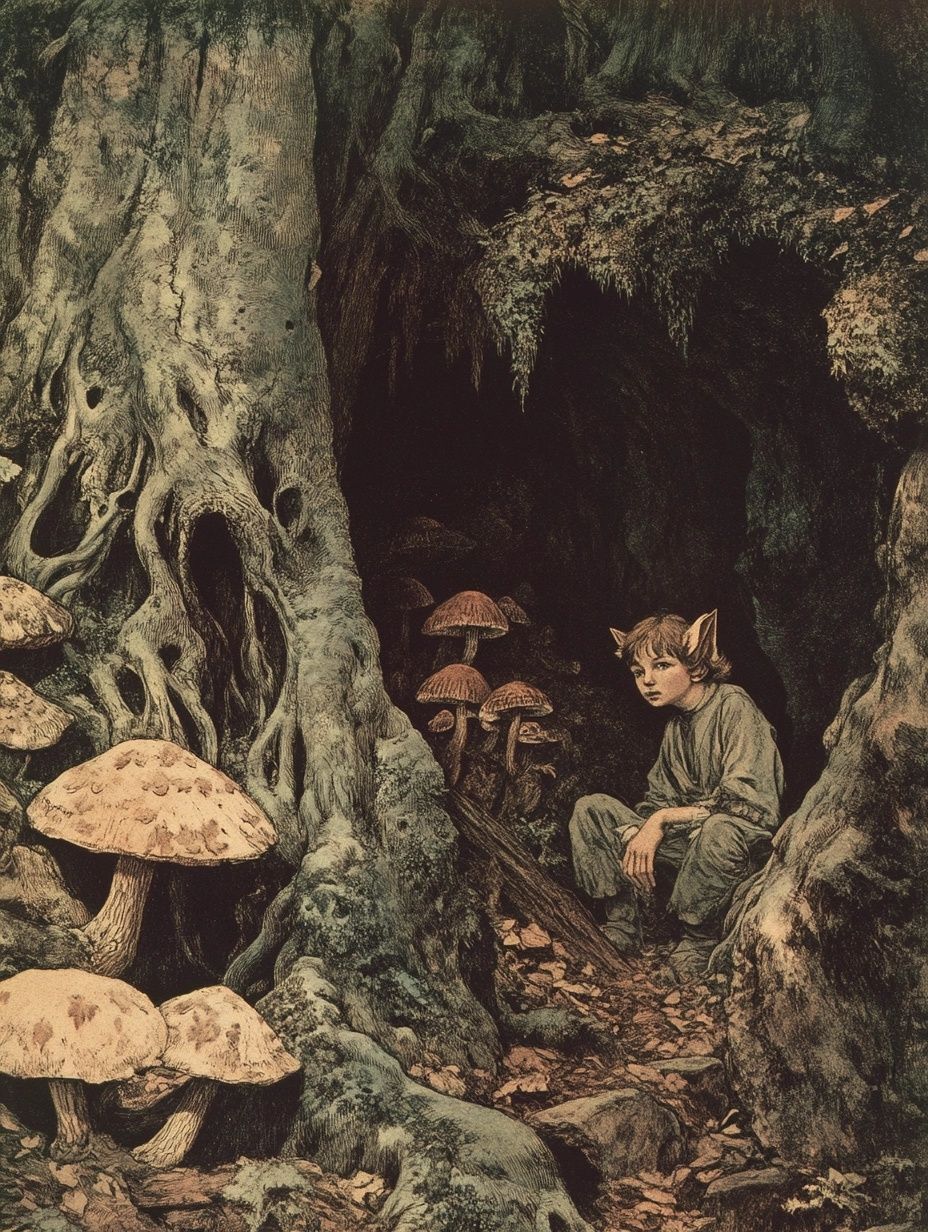
Ghost stories of West Virginia

The Greenbrier Ghost
In 1897, Zona Heaster Shue's death led to a notable case in Greenbrier County.
Her mother, Mary Jane Heaster, claimed that Zona's spirit visited her, revealing that her husband, Edward Shue, had murdered her.
This prompted Mary Jane to demand an investigation. Zona's body was exhumed and an autopsy confirmed a broken neck.
Edward was subsequently convicted of her murder. While the mother's ghostly visions spurred the investigation, it was the physical evidence that led to the conviction, making this case unique in American legal history.
Trans-Allegheny Lunatic Asylum
Operating from 1864 to 1994 in Weston, the Trans-Allegheny Lunatic Asylum housed thousands of patients, often under dire conditions due to overcrowding and inadequate care.
Such a history has naturally created numerous tales of lingering spirits. Visitors and paranormal investigators have reported shadowy figures, disembodied voices and unexplained noises within its expansive halls. Notable purported entities include a little girl named Lily and former patients.
Today, the asylum offers guided tours for anyone who's into that kind of thing.
The Screaming Jenny
A local legend from Harper's Ferry tells of Jenny, a woman whose clothes caught fire one cold evening near the railroad tracks.
In her panic, she ran onto the tracks, where she was struck and killed by an oncoming train.
Since then, tales describe a burning apparition running along the tracks, vanishing before a train arrives.
The Phantom of Droop Mountain
Droop Mountain, the site of a significant Civil War battle in 1863, is said to be haunted by the spirits of fallen soldiers.
Visitors have reported seeing ghosts, hearing phantom gunfire and experiencing weird sensations on the battlefield.
One enduring tale describes a lone soldier appearing near the cliffs, only to disappear suddenly.
Today, Droop Mountain is a state park, attracting both history enthusiasts and those interested in the paranormal.
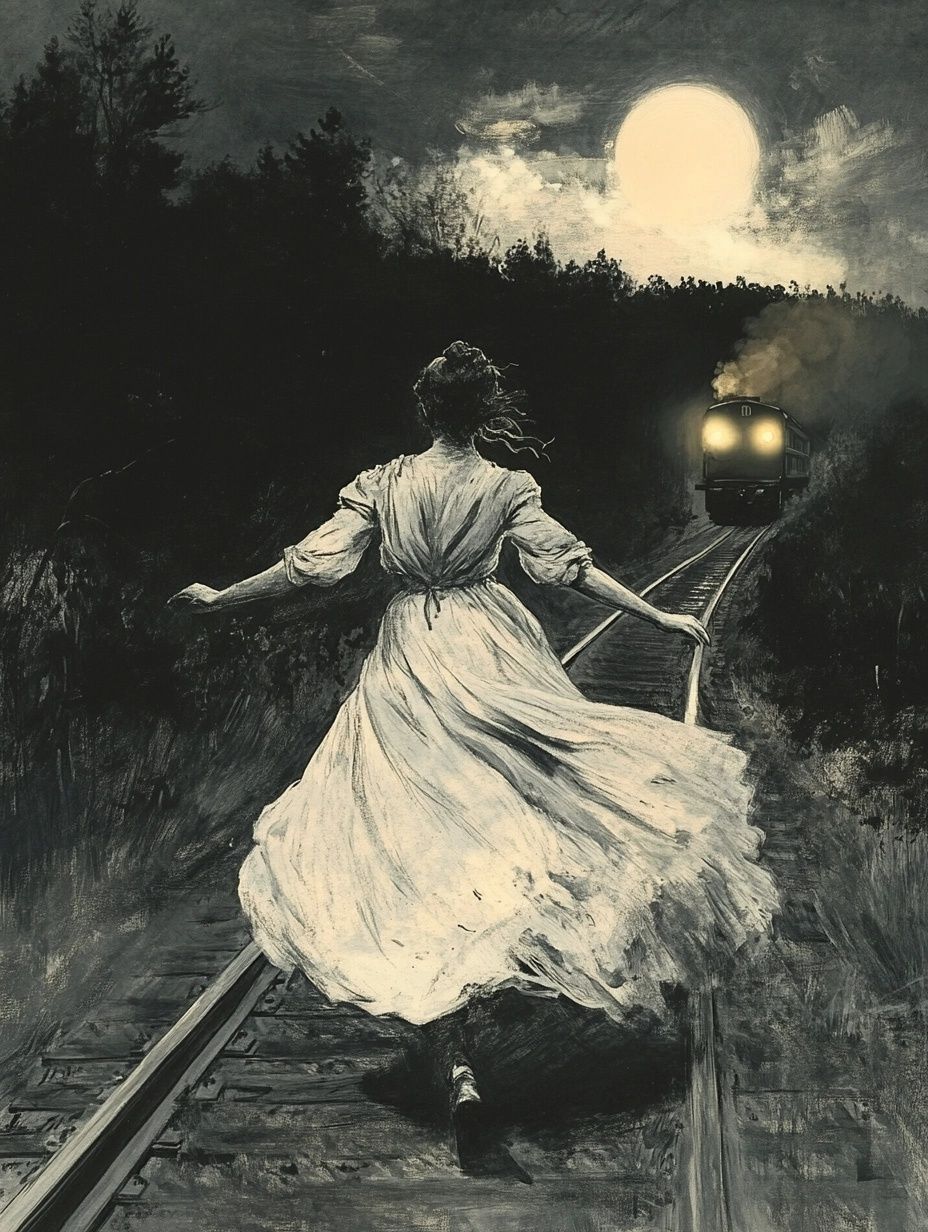
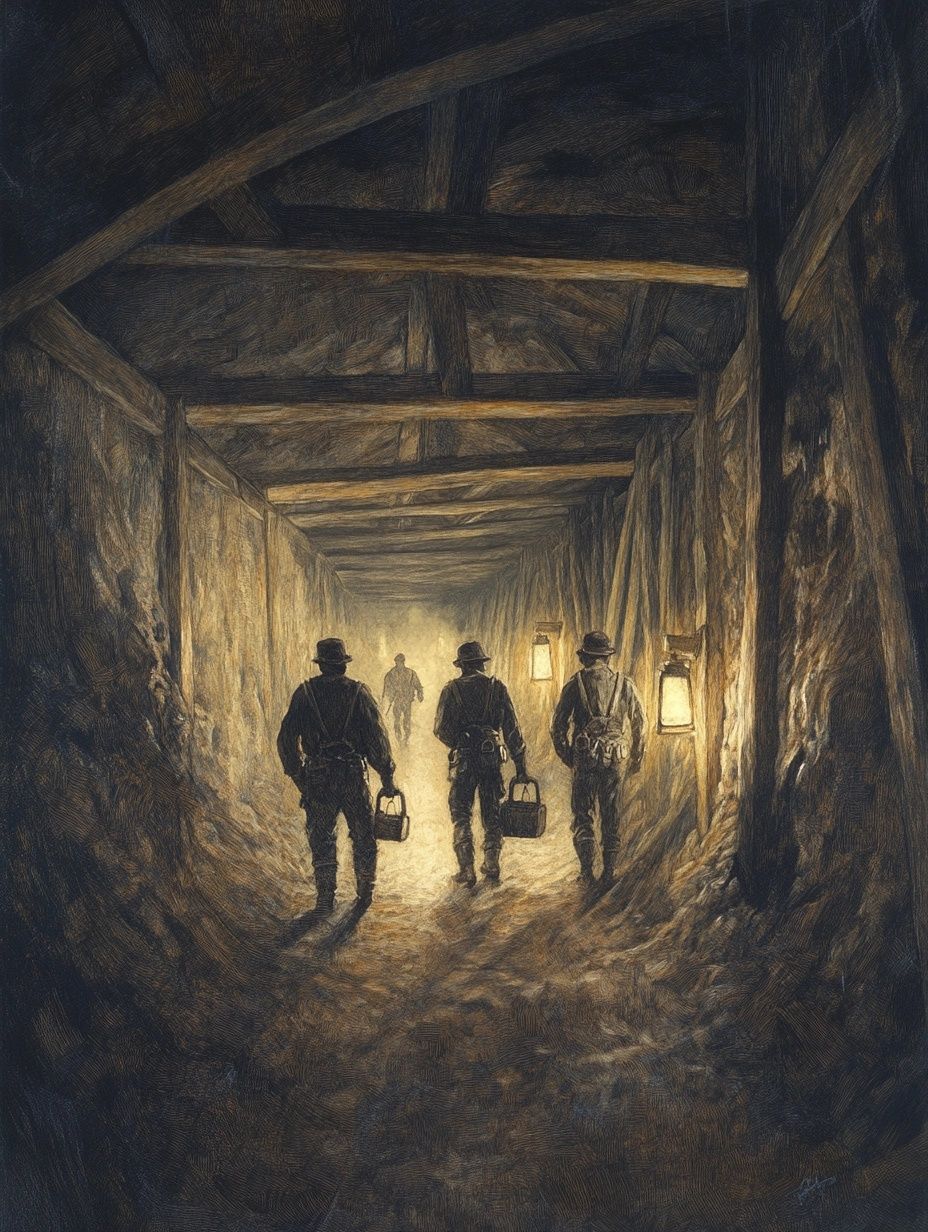
Whipple Company Store & Ghosts of the Coal Mines
The Whipple Company Store, once central to the coal mining community, is rumored to be haunted by spirits connected to the mining industry's dark history.
Visitors have reported unexplained footsteps, whispers and sensations of unseen presences. Now functioning as a museum, the store has become a focal point for those interested in the paranormal, with its storied past adding to its haunted reputation.
Hawk’s Nest Tunnel Disaster
In the 1930s, the Hawk's Nest Tunnel project led to one of the most tragic industrial disasters in U.S. history, with many workers, primarily African American laborers, dying from silicosis due to unsafe working conditions.
Reports of hauntings in the tunnel and surrounding areas include sightings of strange lights and ghostly voices.
Similar tunnel stories exist all over including in
Massachusetts folklore and the story of the Hoosac Tunnel.
West Virginia witch legends
Healers & "Granny Witches"
West Virginia folklore includes a long tradition of witches, folk healers and magical beliefs passed down through rural communities.
One of the most well-known figures is Molly Morgan, a 19th-century woman from Monroe County remembered for her herbal remedies and solitary lifestyle.
While local legend claims she could curse those who crossed her - often blamed for mysterious misfortunes - historical accounts suggest she was more likely a folk healer misunderstood by her neighbors.
Beyond individual stories, many rural areas relied on "granny witches" - older women who acted as healers, midwives and keepers of herbal knowledge.
Their remedies and protective charms were essential in isolated communities, though their work sometimes drew suspicion, especially when illness or tragedy followed.
Accusations of witchcraft, while rare, reflect a longstanding tension between respect for traditional knowledge and fear of the unknown.


Curses & hexes
Stories of curses and hexes also appear in West Virginia folklore, often involving isolated homesteads or individuals believed to practice harmful magic.
These tales typically describe lingering bad luck or illness tied to a person or place, with the curse lasting long after the source had died.
Some of these beliefs connect loosely to “pow-wow” magic - a system of protective rituals and healing brought by German immigrants - and the occasional use of hex signs, though these were far more common in Pennsylvania than in West Virginia.
Together, these traditions form a blend of inherent folk belief, cultural inheritance and superstition that continues to shape the state’s storytelling.
West Virginia superstitions & omens
Haints & spirits in West Virginia homes
The tradition of painting porch ceilings “haint blue” originates from the Gullah culture of the Southeastern U.S., but the belief in restless spirits, or "haints," is also present in West Virginia folklore.
Protective practices such as using specific colors, symbols, or charms were used to keep spirits out of the home, especially in older, rural communities where fear of supernatural intrusion shaped domestic customs.
Signs of death in the mountains
West Virginia folklore includes many omens said to predict death. A bird tapping at a window or flying into a house is often seen as a warning, while the sound of a screech owl at dusk is believed to signal an imminent passing.
These beliefs were taken seriously in remote mountain areas, where signs from nature were closely observed and often tied to family lore.
Coal miner superstitions
The dangers of coal mining led to a range of superstitions among miners in West Virginia.
Whistling underground was avoided, believed to summon bad luck or a collapse. Black cats or dogs appearing in a mine were taken as warnings and white rats were thought to foretell accidents. Many miners carried small charms for protection and these traditions helped bring a sense of control to an unpredictable job.
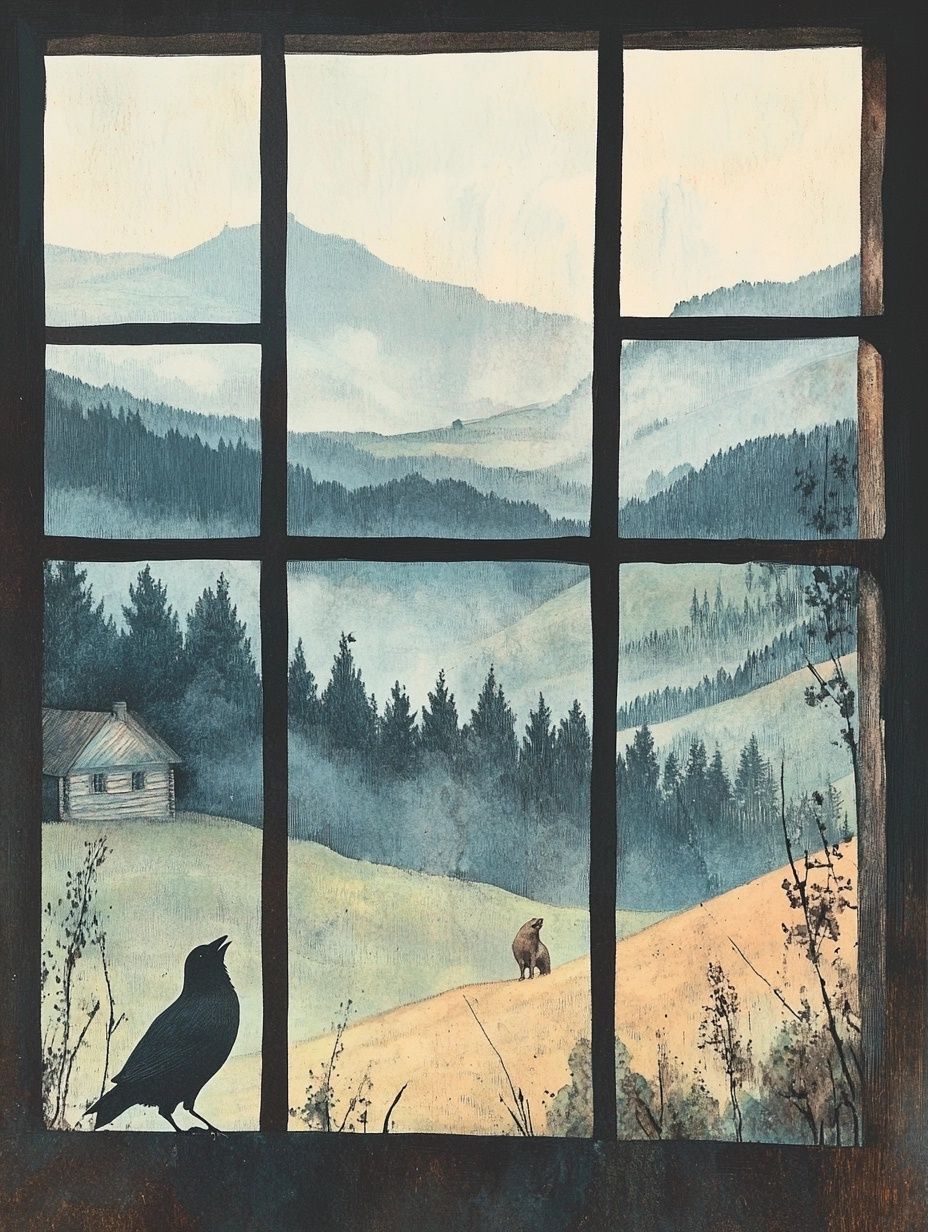
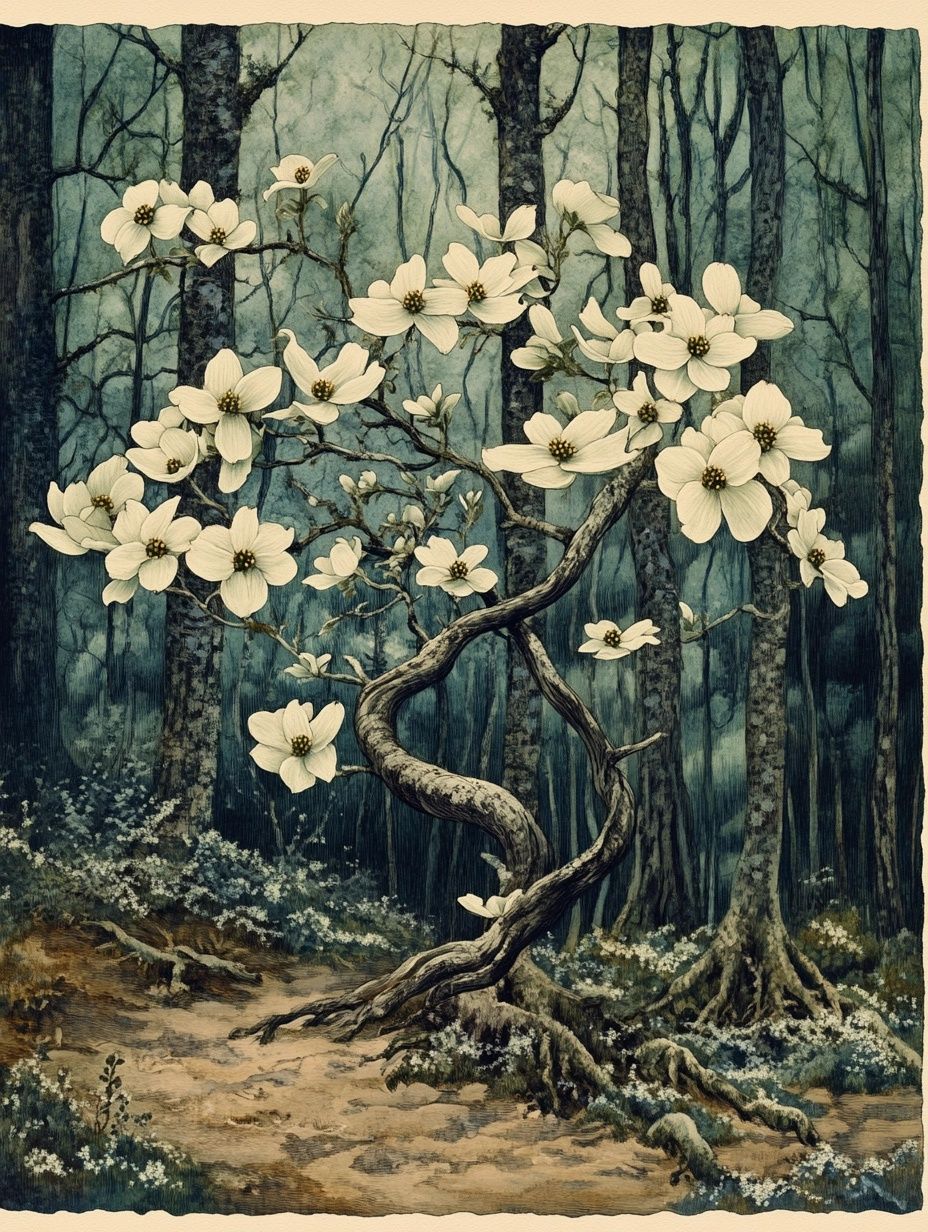
Never whistle in the woods
In fact "not-whistling" trickles over into general lore. One long-held belief in West Virginia warns against whistling in the woods, particularly at night.
Some say it attracts spirits, others claim it calls in unknown creatures.
One variation tells of a ghostly figure known as the “whistling wailer,” which follows those who make the mistake. The warning is often passed down without explanation, treated as a rule not to be broken.
Legend of the dogwood tree
A Christian legend told in West Virginia claims the dogwood tree was once tall and strong, used to build the cross of the crucifixion.
According to the story, the tree was cursed never to grow large again. Its blossoms would forever bear the shape of a cross, with marks like nail prints on the petals and a crown of thorns at the center - visible signs of its role in the crucifixion and its eternal reminder of suffering.
Feuds & outlaws of West Virginia
Hatfield vs. McCoy Feud
The Hatfield-McCoy feud is one of the most infamous family rivalries in American history, taking place along the West Virginia-Kentucky border primarily between 1863 and 1891.
The origins of the feud are debated; some attribute it to hostilities formed during the Civil War, with the McCoys being Unionists and the Hatfields Confederates, while others point to a dispute over a hog in 1878.
The feud escalated over the years, involving land disputes, legal battles, and retaliatory killings, drawing national attention. The conflict eventually subsided, and in 2003, descendants from both families ceremonially signed a truce, symbolizing reconciliation.
The Matewan Massacre
On May 19, 1920, the town of Matewan, West Virginia, became the site of a violent confrontation known as the Matewan Massacre or Battle of Matewan.
Coal miners, protesting against unfair wages and unsafe working conditions, faced off against agents from the Baldwin-Felts Detective Agency, who were hired by coal operators to evict unionizing miners from company-owned housing.
The ensuing shootout resulted in ten deaths, including seven detectives and three townspeople. This event marked a significant turning point in the West Virginia Mine Wars, fueling further labor uprisings and highlighting the intense labor struggles of the era.
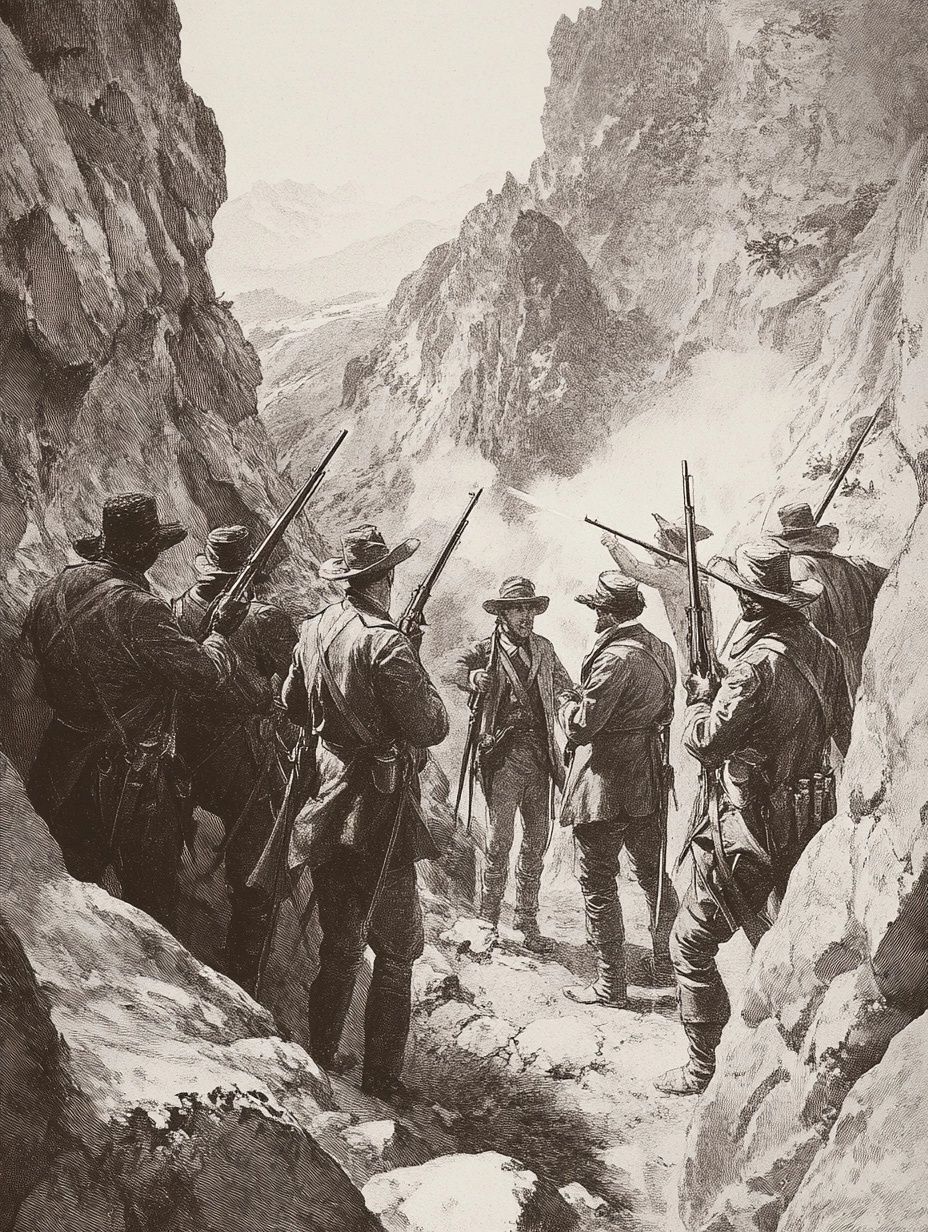
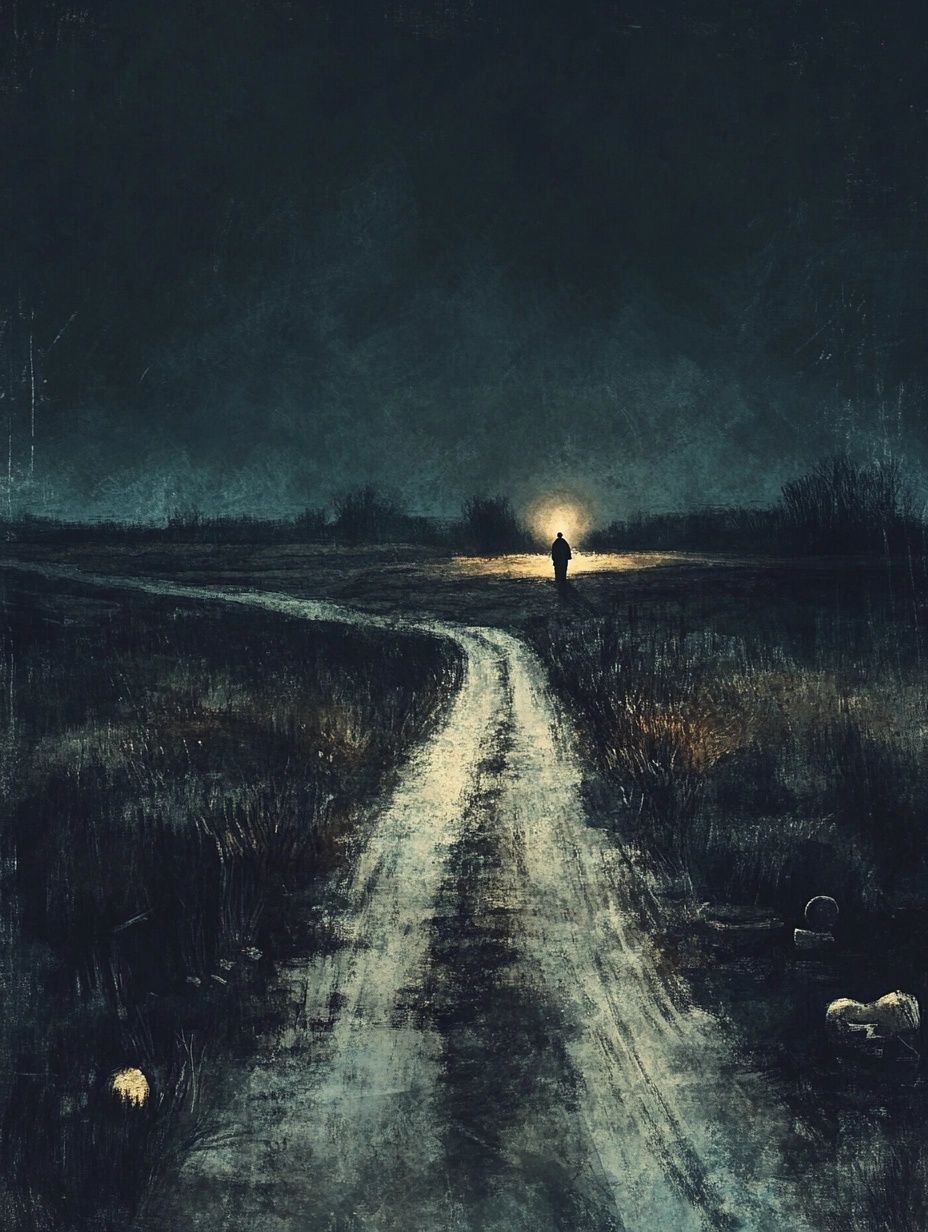
The Mad Butcher of Fayette County
In the 1960s, Fayette County, West Virginia, was terrorized by a series of unsolved murders attributed to an individual dubbed the "Mad Butcher."
Victims were discovered dismembered and discarded in rural areas, instilling fear throughout the community.
Despite extensive investigations, authorities were unable to identify a suspect, leading to various theories about the perpetrator's identity and motives. The killings abruptly ceased, leaving the case unsolved and cementing its place as one of West Virginia's most haunting cold cases.
When history meets folklore
Though based on real events, these stories have entered the realm of folklore through repeated retellings, local storytelling and media coverage.
Details are often condensed, simplified, or emphasized differently depending on the source, creating versions that serve more as common cultural reference than strict historical record.
In West Virginia, events like the Hatfield-McCoy feud and the Matewan Massacre are often taught, discussed, or referenced in ways that reflect their place in local identity as much as their factual origins.
And there you have it.
West Virginia’s folklore stands out for its mix of frontier history, isolation and deep-rooted storytelling.
From cryptids and ghosts to superstitions and old feuds, the state’s stories reflect patterns seen across the U.S. - but with details and variations that are distinctly regional.
Article sources
- Knapp, Florence Marjorie. "A contribution to the study of folklore in West Virginia." Master's thesis, The Ohio State University, 1922.
- Musick, Ruth Ann. "West Virginia Ghost Stories." Midwest Folklore 8, no. 1 (1958): 21-28.
- Willis, Ninevah (1955). "A study of the folklore of a mountainous section in Southwestern Virginia" (PDF). Virginia Polytechnic Institute: 14–41.
- Bailey, Diane. Ghosts in America. The Rosen Publishing Group, Inc, 2011.
- Visionary Living, Inc. Monsters of West Virginia: Mysterious Creatures in the Mountain State. Stackpole Books, 2012.
- Barden, Thomas E., ed. Virginia Folk Legends. University of Virginia Press, 1991.
Explore more North American folklore


